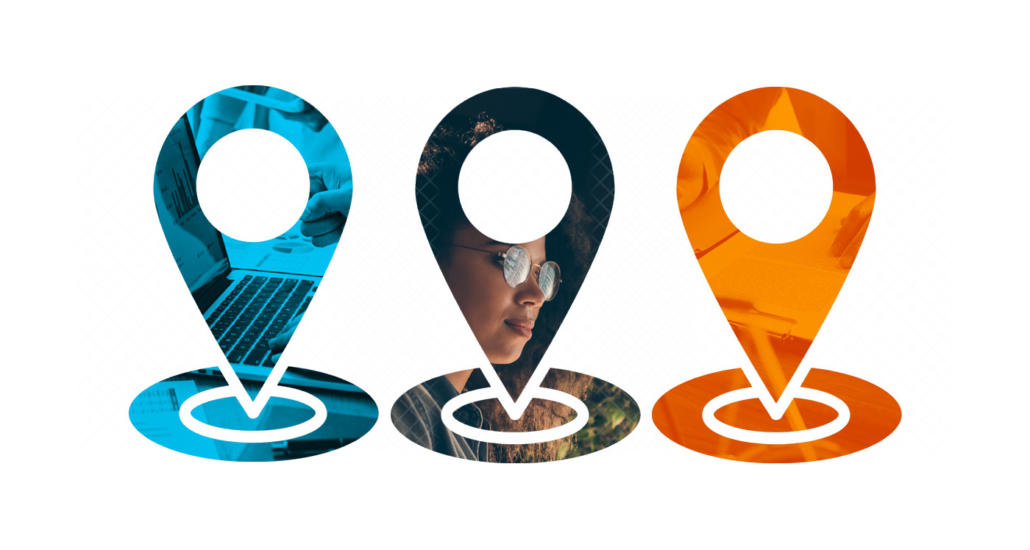Multilingual eDiscovery: 3 Steps to Successful Outcomes

Before the COVID-19 pandemic began, 21% of corporate counsel in a recent survey said they’d experienced an increase in cross-border litigation. Recent global events, ranging from Brexit to tariff fights, all but ensure this trend will continue – and with it, the need for businesses to have a multilingual eDiscovery strategy.
In releasing its findings, the authors highlighted the expected impact of COVID-19, which the consulting firm believes will drive commercial disputes because it’s “threatening supply chains, challenging contracts and changing how companies are doing business.”
Such macro events affect both the urgency and scope of cross-border litigation. So it follows that attorneys who deal with international commercial disputes will be pressured to manage multilingual eDiscovery as efficiently as possible.
That’s no easy task. Cross-border litigation and eDiscovery are dauntingly complex, especially when matters involve intricate aspects of law and span several countries. For instance, a seven-year investigation of Walmart Inc. involved subsidiaries or affiliates in four countries: Mexico, Brazil, China and India. And Uber recently faced challenges to its operations in several non-English-speaking countries including Germany, the Netherlands and Austria.
In cases like these, the scope of discovery forces legal teams to contend with a vast store of documents, in addition to all of the usual challenges that go along with preparing for negotiations and court. On top of dealing with different formats – such as Word documents, emails, text messages and spreadsheets – legal teams also must cope with material in multiple languages. It’s not unusual to find records of digital conversations in more than one language. For example, executives in a France-based firm might email their British colleagues in French and receive their answers in English.
How can legal teams navigate multilingual eDiscovery, especially when dealing with large and complex datasets? While one approach is to engage bilingual contract attorneys, organizations can also leverage technology like machine translation to accelerate document review. In fact, artificial intelligence can do much of the heavy lifting, as it can handle three times more work than a human can. Combined with human translation, this approach can shorten the process and allow lawyers to focus on only relevant documents. It’s often more economical, too.
Best practices for multilingual litigation
If you think your organization may be at risk of cross-border litigation, act now to put best practices and systems in place. This way, you’ll be ready for any potential actions even before the need arises. Understanding the steps involved in multilingual eDiscovery is a good place to start.
Step 1: Expect the unexpected
Ask about languages during the custodian interview phase. Is it possible the documents that will be collected may be in more than one language? Once you’ve collected your data, it’s important to understand exactly what you’re dealing with. More often than you’d think, collections include documents in multiple languages. For instance, you might expect your collection to be entirely in Russian, only to discover it also includes documents in French, Georgian and Italian. Even within a single document, you may find content in two or more languages.
Step 2: Use language tools to structure your hosting environment
A language detection app, which is a common but not always used feature of processing software, will help you identify both primary and secondary languages within your document set. Translating your key search terms into the appropriate languages will ensure you don’t miss any important documents in, for example, French, even though you’re searching in Russian.
When it comes time to review foreign language documents you should consider running a machine translation test to see if the English output files are good enough for a first-level review. If so, this can save time and money over the traditional method of staffing a review with bilingual contract attorneys. And machine translation may be the best choice for less-common languages, as bilingual contract attorneys fluent in these languages may be harder to find.
Step 3: Add the human element for more polished translations
Once the review is complete, you may need to produce a subset of “hot docs” for court. Though machine translation is very efficient, it isn’t always able to handle some of the specialized language used in legal documents. For this reason, “human-like” translations need to be reviewed and polished by real people. Human translators will review and correct for specialized language, capture nuance, and deliver a polished translation that’s acceptable for court. Be sure to work with a professional translation service that can provide a Certification of Accuracy.
In conclusion, when it comes to cross-border litigation, it’s best to have a “language management” plan in place. Identify the languages of the documents you have collected, separate them for processing, translate keywords for searching, use machine translation where appropriate, and finish the process with high-quality professional translations for court.
Click for a quote. We will be in touch to discuss your requirements and solution options.
To set up a call to further discuss your needs or additional information, please send an email to info@translate.one


